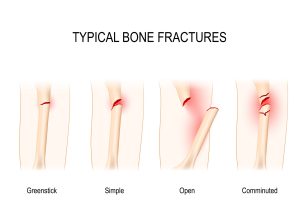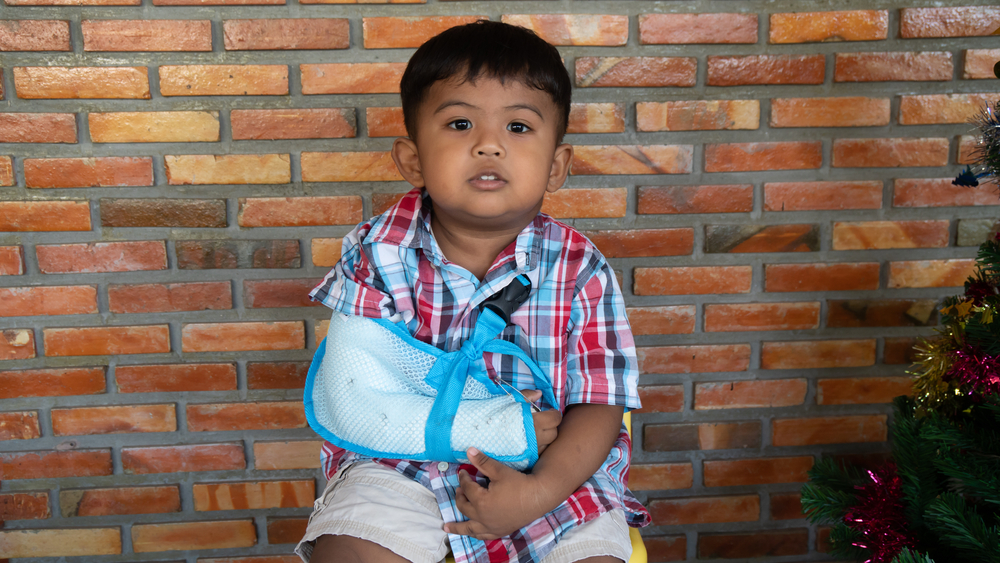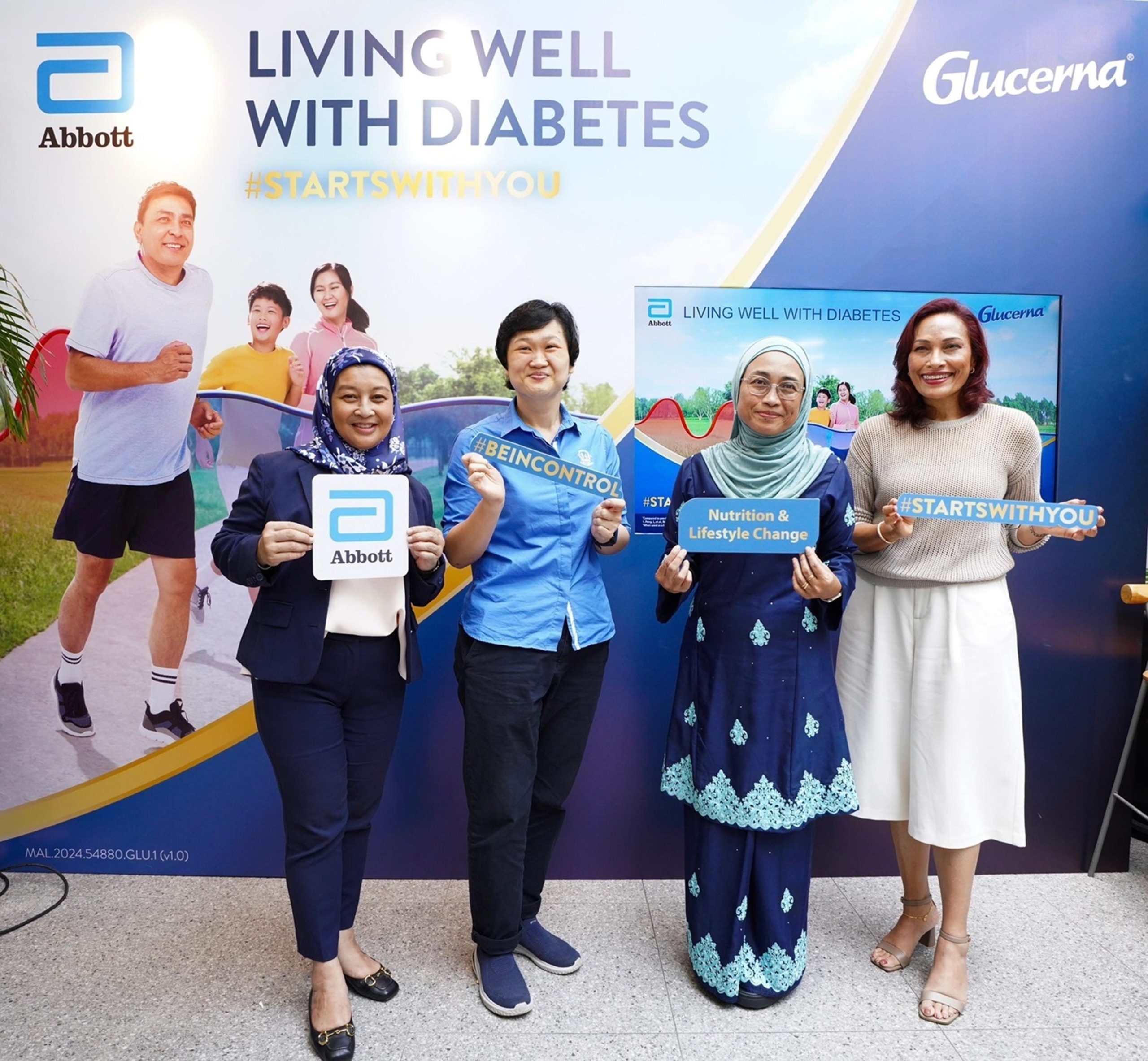WORDS ASSOCIATE PROFESSOR DR MOHAMMAD ARSHAD IKRAM, FRCS
 FEATURED EXPERT FEATURED EXPERTASSOCIATE PROFESSOR DR MOHAMMAD ARSHAD IKRAM, FRCS Consultant Orthopaedic IMU University |
Fractures are common in children, but not all fractures are the same.
One type that particularly affects young bones is the greenstick fracture.
In this article, I’ll explain what greenstick fractures are, why they occur more frequently in children, and what parents should be aware of if they suspect their child has suffered from one.

A few common types of bone fractures. Click on the image for a larger, clearer version.
FACT 1
A GREENSTICK FRACTURE IS AN INCOMPLETE FRACTURE, WHERE THE BONE BENDS AND PARTIALLY BREAKS, RATHER THAN BREAKING COMPLETELY
This type of fracture called a “greenstick” fracture because it resembles what happens when you try to break a young, green branch—it bends and splinters without breaking completely.
Unlike complete fractures, the bone remains partially intact.

A greenstick fracture is comparable to a snapped twig or branch that is not completely broken.
FACT 2
GREENSTICK FRACTURES ARE MORE COMMON IN CHILDREN BECAUSE THEIR BONES ARE SOFTER, STILL GROWING, MORE FLEXIBLE, AND LESS BRITTLE THAN ADULT BONES
This flexibility allows the bone to bend under stress without completely breaking.
This is why greenstick fractures are rare in adults, whose bones tend to suffer more straightforward, complete fractures.
FACT 3
GREENSTICK FRACTURES OFTEN OCCUR DUE TO FALLS OR IMPACTS
Such falls or impacts can occur such as when a child falls onto an outstretched arm or experiences a direct blow during sports or rough play.
Activities like climbing, running, cycling, and contact sports put children at greater risk for this type of injury.
FACT 4
UNLIKE SOME COMPLETE FRACTURES, A GREENSTICK FRACTURE MIGHT NOT ALWAYS BE OBVIOUS
Hence, it’s important for parents to seek medical attention for their child if the child complains of persistent pain after an injury.
| POSSIBLE SIGNS THAT A CHILD MAY HAVE A GREENSTICK FRACTURE |
|
FACT 5
IF LEFT UNTREATED, GREENSTICK FRACTURES CAN LEAD TO IMPROPER BONE HEALING, WHICH MAY CAUSE LONG-TERM DEFORMITIES OR LIMIT THE RANGE OF MOTION
Therefore, early treatment is crucial in order to ensure proper bone alignment and healing as well as to prevent complications such as growth abnormalities or chronic pain.
FACT 6
GREENSTICK FRACTURES ARE USUALLY DIAGNOSED WITH AN X-RAY
The X-ray allows doctors to see the bend and crack in the bone.
Additional imaging may be required if the fracture isn’t clearly visible on a standard X-ray.
FACT 7
TREATMENT TYPICALLY INVOLVES IMMOBILIZING THE BONE TO ALLOW IT TO HEAL PROPERLY
This is usually done with a cast or splint, which helps hold the bone in place.
The fractured bone may need to be gently repositioned if there is significant misalignment.
Pain management is also an important part of treatment, with doctors typically recommending over-the-counter pain relievers to keep the child comfortable during the healing process.

A boy wearing a splint on his arm.

A girl wearing—and prettying up!—a cast on her leg.
FACT 8
CHILDREN GENERALLY HEAL FASTER THAN ADULTS, AND MOST GREENSTICK FRACTURES TAKE ABOUT 4 TO 6 WEEKS TO FULLY HEAL
The exact timeframe depends on the severity of the fracture, the child’s age, and how well the bone is immobilized during recovery.
FACT 9
WHILE RECOVERING, THE CHILD SHOULD AVOID HIGH-IMPACT ACTIVITIES OR SPORTS THAT COULD RE-INJURE THE BONE
The specific activities to avoid will depend on the location of the fracture.
Parents should follow the doctor’s recommendations regarding when it’s safe for their child to return to regular physical activities.


